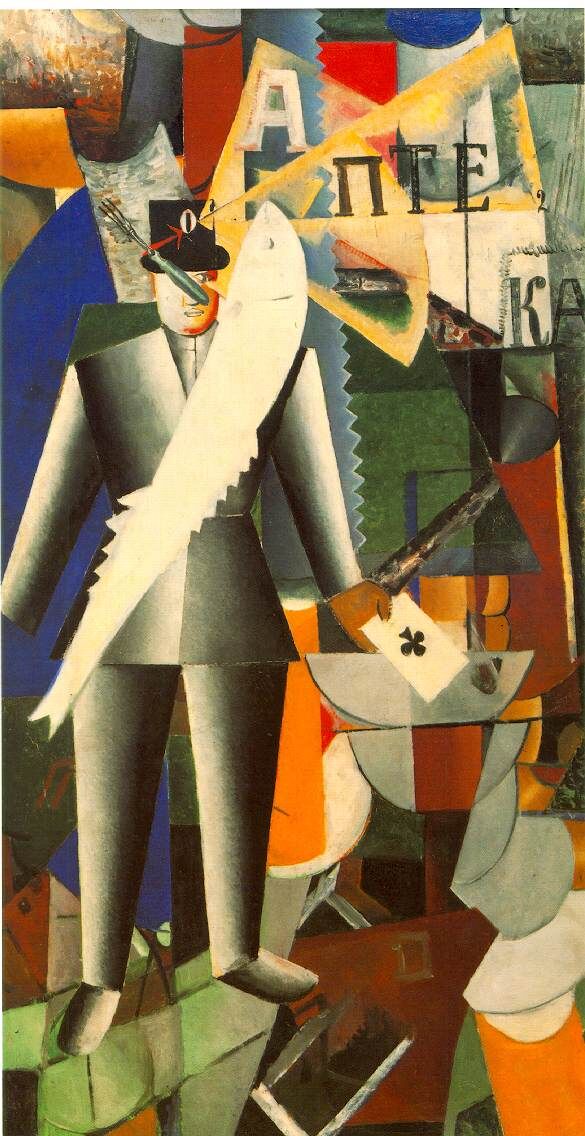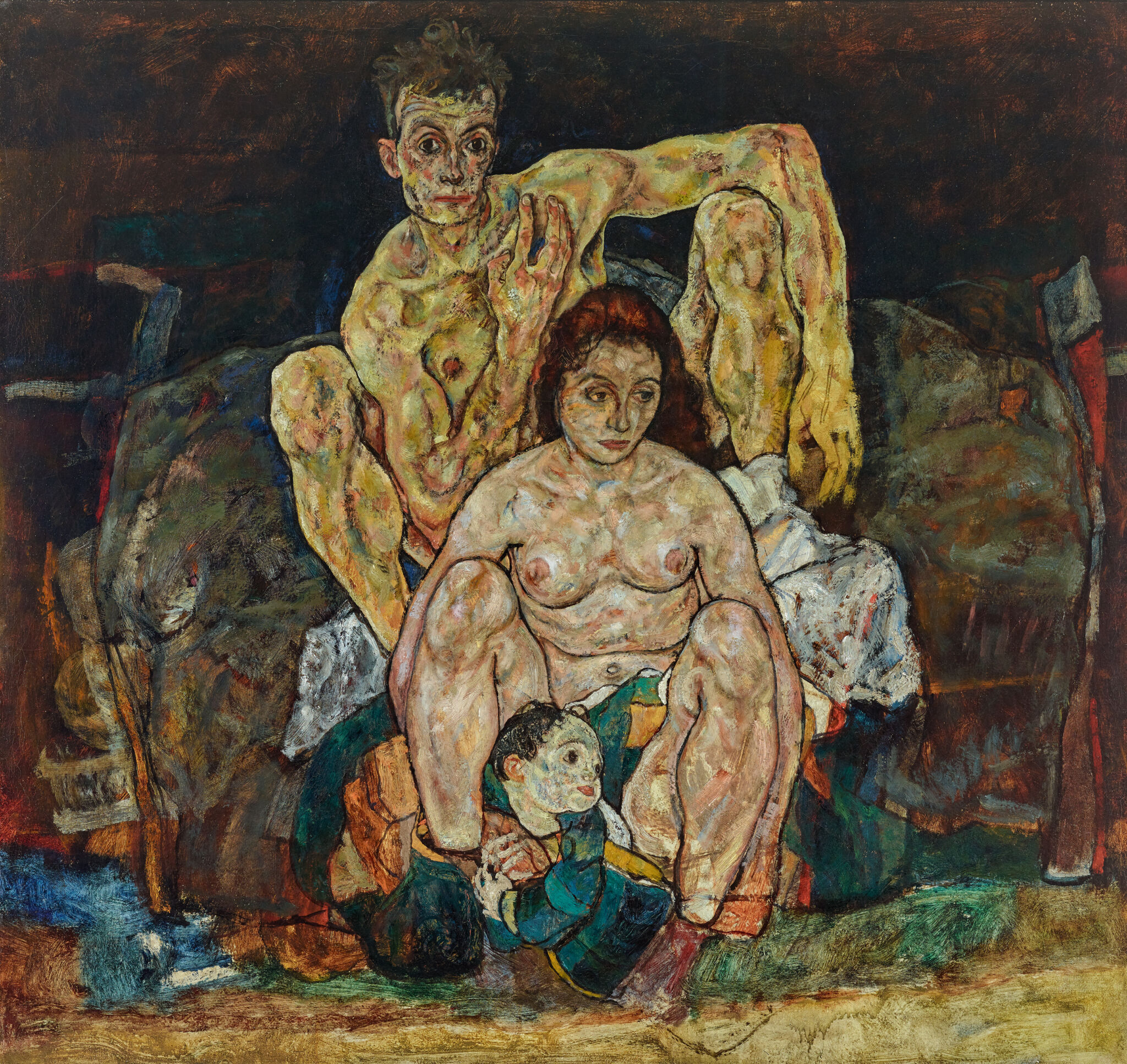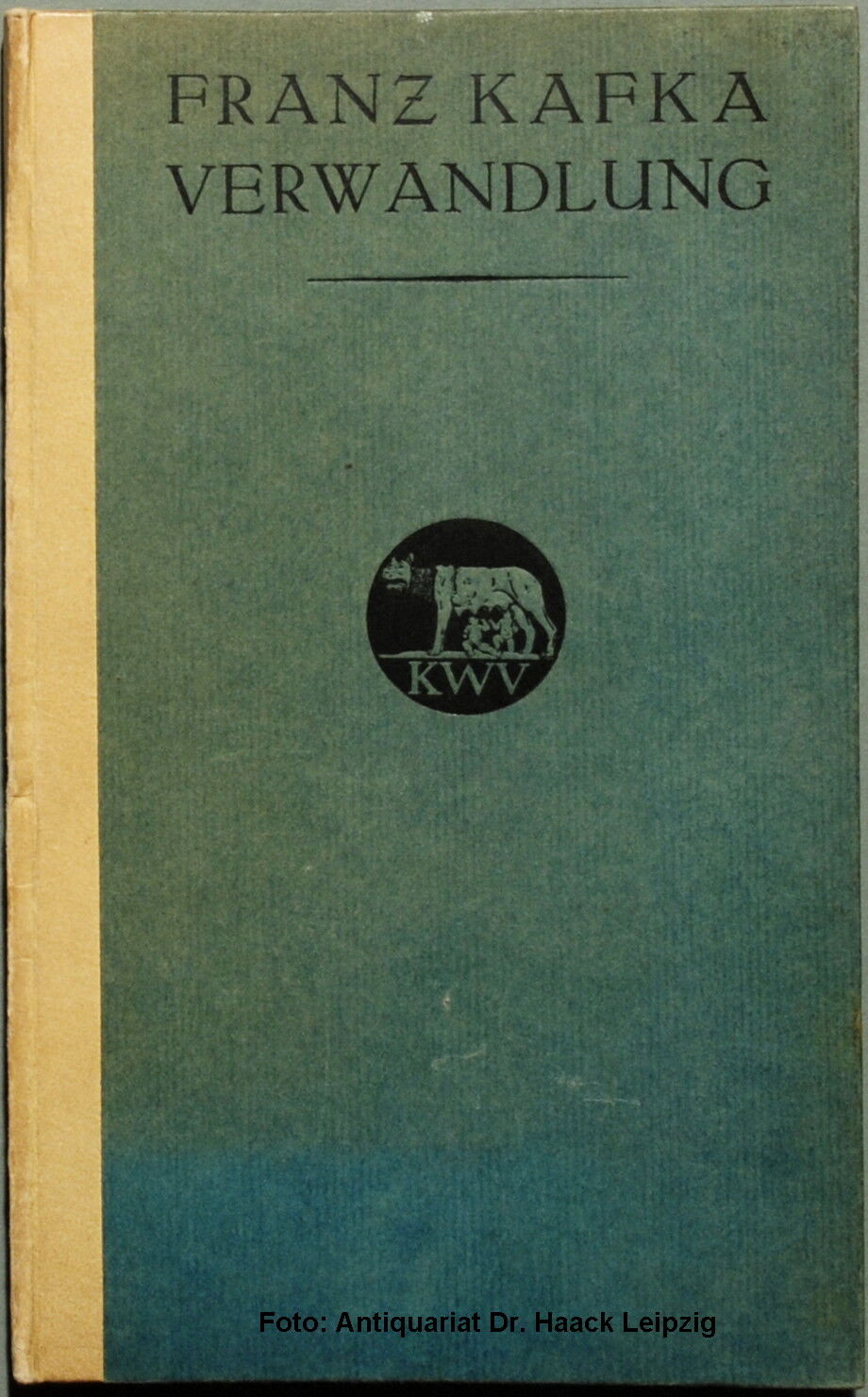Europe’s last summer: how artists, poets, and musicians sensed the approaching storm
They lived as if tomorrow might never come – writing, painting, composing, falling in love. And all of it was coming within the unraveling

When we think of the year 1913, images of dawn-lit Europe come to mind – a continent not yet engulfed by war, but already breathing its presence. Legend has it that in Vienna’s Leopoldstadt district, Freud, Stalin, Hitler, and Trotsky could have passed each other unknowingly on the street. None of them knew yet who they would become. No one did. But the artists, poets, and composers – they felt it.
They sensed a rupture approaching – not political, but metaphysical. In a world full of hope and electricity, art and engineering, a strange unease had begun to hum beneath the surface. Their brushes, scores, words, and letters spoke louder than politicians: something was ending. Something was breaking. Something unknown and terrifying was being born.
Art, unmoored from earth: Malevich, Schiele, Picasso
1913 marked the threshold of a new artistic reality. Kazimir Malevich, a year before his iconic "Black Square", painted "The Aviator" – a figure literally torn from the earth, suspended between sky and floor. Falling or floating – this was a person who had lost all footing. A year later, Malevich would give the world Suprematism – an art that needed no objects, no nature, no logic. His paintings no longer illustrated reality; they replaced it

source: Russian Museum
At the same time, Egon Schiele was painting portraits full of raw, exposed pain. His figures were his inner fears: jagged lines, ashen faces, muted colors. His "The Family" (1913) looked like a death portrait – life drained out, only the shell remaining.

source: Belvedere Gallery
Pablo Picasso, deep into analytical Cubism, was dissecting bodies and objects into geometrical fragments, rejecting visual logic. His paintings became puzzles that couldn’t be solved. Because reality itself could no longer be pieced together. He felt that deeply.
Language as premonition: Kafka, Rilke, Musil
On the surface, 1913 seemed like a quiet year for literature. But that’s when Franz Kafka wrote "The Metamorphosis". Gregor Samsa wakes up one morning as a giant insect. At first, his family is shocked, then annoyed, then indifferent. It’s a story of erasure – of being disowned by the world.
Set against a backdrop of bourgeois Prague, an insurance office, and domestic life, the anxiety runs cosmic. Kafka sensed before anyone: bureaucracy will overpower morality, form will triumph over substance, and man will no longer be a subject but a glitch in the system.
“I can only breathe in my books,” he wrote to Felice Bauer.

source: Antiquariat Dr. Haack Leipzig
At the same time, Rainer Maria Rilke was composing the "Duino Elegies" – ten poems in which man tries to speak to angels. But the angels are silent, or speak in an unintelligible language. His verses are filled with grief, illumination, and a longing for meaning in a senseless world. The poet is no longer a mediator between heaven and earth – he is alone in the void.
Robert Musil, beginning "The Man Without Qualities", crafted a novel with a protagonist who is essentially... no one. Ulrich is European rationalism without anchoring, a man in a society where all meaning has become decoration. The Austro-Hungarian Empire still stands, but it’s hollow, and Musil begins the dissection, precisely and coldly.

source: Rowohlt Verlag
Music on the edge: Schoenberg, Stravinsky, Mahler
1913 was a year of musical revolution and sonic chaos. In March, Igor Stravinsky’s "The Rite of Spring" premiered in Paris. The audience booed, screamed, brawled, and walked out. Because music as they knew it had died. Stravinsky unleashed sound as a primal force – sharp accents, pounding rhythms like a heart in panic. There was no more Europe in it, only something pagan, ancient, terrifying. As if the past had risen to destroy the present.
Meanwhile, Arnold Schoenberg abandoned tonality altogether. He introduced twelve-tone composition, a system in which no note could dominate. His music was like architecture without a foundation. Ironically, Schoenberg feared the number 13, naming his opera "Moses und Aron" without the second "A" to keep it twelve letters. He would die on Friday the 13th.
“Harmony is a convention. Truth lies in freedom,” he once said.
Music ceases to be comforting. It no longer “soothes the soul.” Instead, it says: “The soul is falling apart – and that’s okay.”
Vienna: capital of a future nightmare
Vienna in 1913 was a cultural volcano. In the same cafés, revolutionaries, poets, dictators, and philosophers sipped coffee side by side. On Meldemannstraße lived a poor and bitter artist named Adolf Hitler. At the Pravda editorial office, a young Lev Trotsky worked. On Berggasse 19, in a cozy apartment, Dr. Sigmund Freud welcomed patients. Nearby, future Marshal Tito worked as a mechanic. They didn’t yet know they would shape the 20th century, but they were already tuned to the same frequency.
Café Central was the nerve center where people debated Nietzsche and chess, poetry and bread prices. Here was Alma Mahler – mother, muse, artist. Her life intertwined with Mahler, Kokoschka, and Werfel. She embodied a new female archetype – passionate, autonomous, not just inspiring art, but shaping it.
Freud, meanwhile, laid the foundation for a new religion: psychoanalysis. His ideas infiltrated the arts. Reality was no longer rational. Dreams, childhood, fears – these became the real keys to understanding humankind.
“Where id was, there ego shall be,” Freud wrote. But in 1913, it seemed that the id was winning.
A world pretending to be alive
All of this unfolded against a backdrop of prosperity. Europe was inventing cinema, building trains, and discussing relativity. The first prêt-à-porter stores, the first phones, the first middle-class cars. People believed war was a thing of the past. The future meant endless growth.
Politician Norman Angell published "The Great Illusion", arguing that war was impossible – too economically irrational. It became a bestseller. Oswald Spengler was already drafting "The Decline of the West", but no one read it. Because no one wanted to look down.
“Everything’s going great,” they said. And just then, the century’s fabric tore. Art was the first to hear the rip.
1913 was not the prelude to war – it was the dawn of a new consciousness. People still lived by the old rules, but they felt: this can’t go on. Artists, poets, and musicians felt that year burn beneath their skin.
They painted, wrote, composed – as if saying goodbye. To a world with structure, borders, and clarity. They foresaw the chaos and did not fear it. They met it with art in hand.
“Only art can survive catastrophe because it is the first to name it.” And perhaps that is its greatness.


